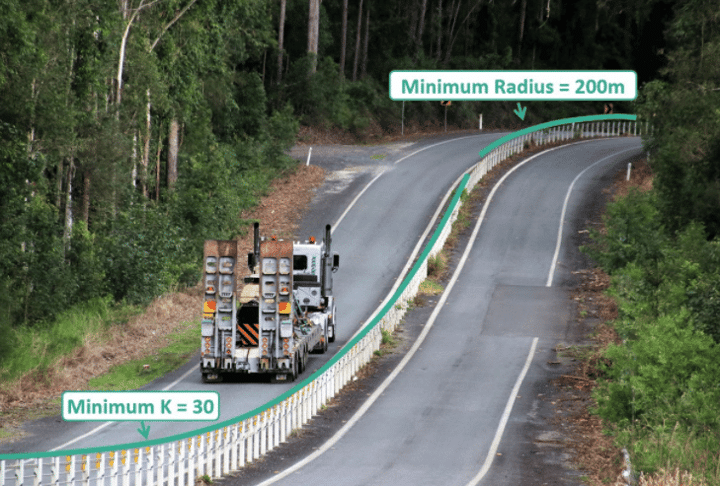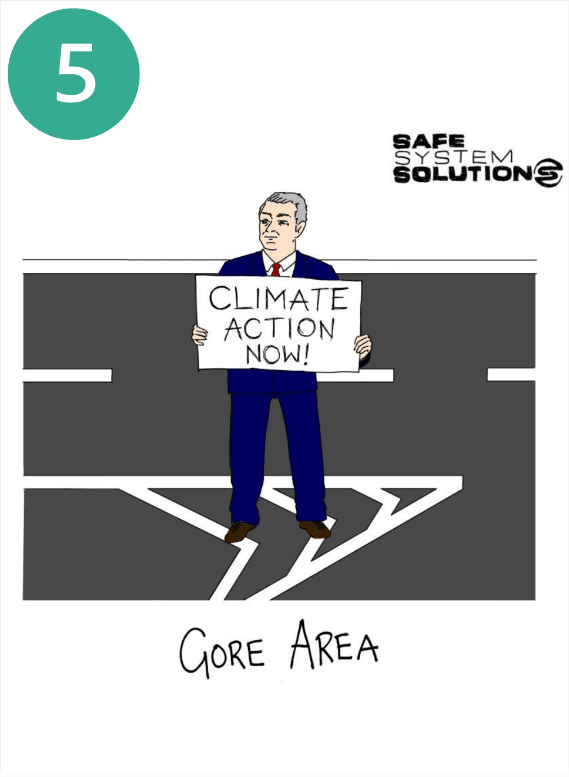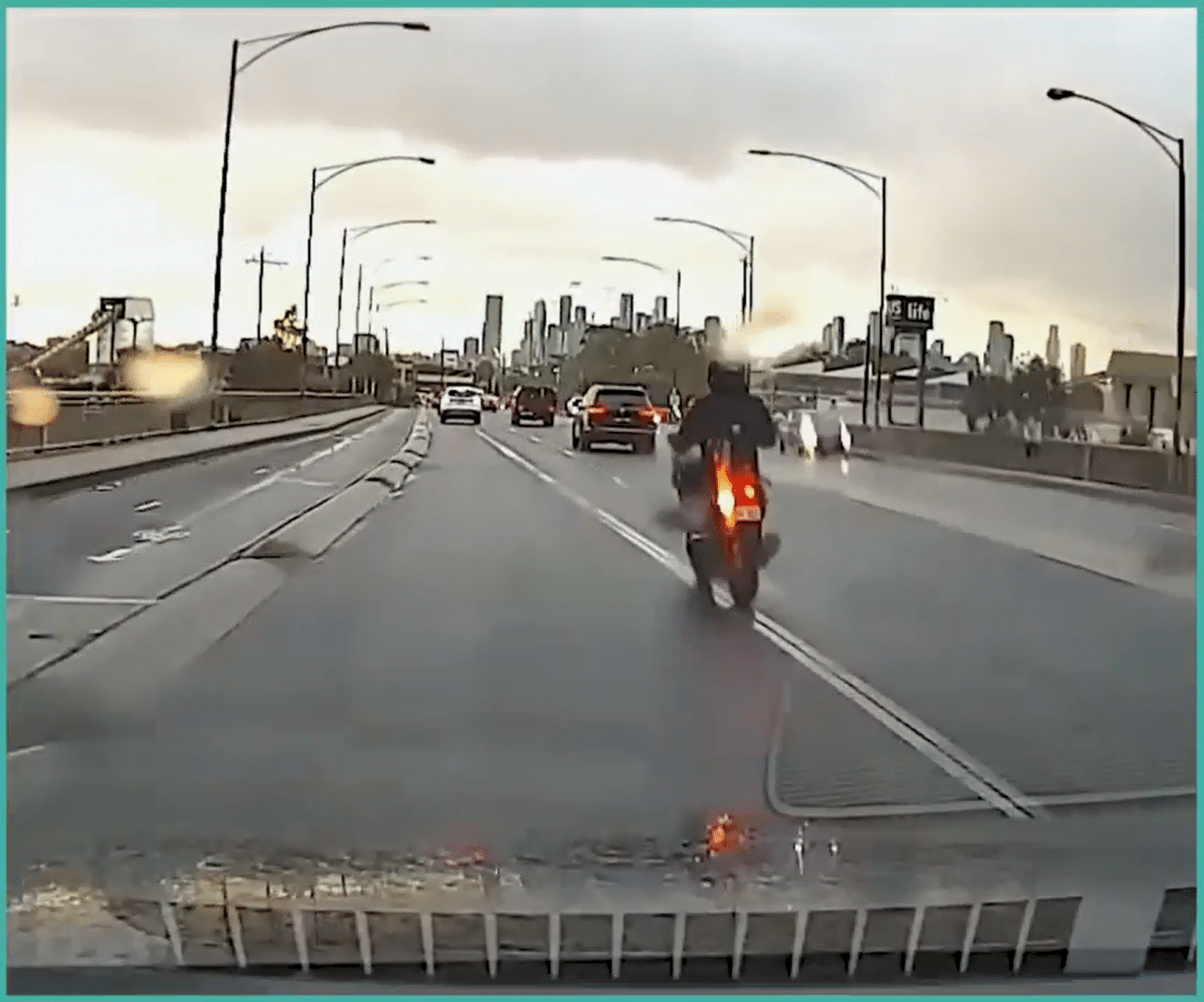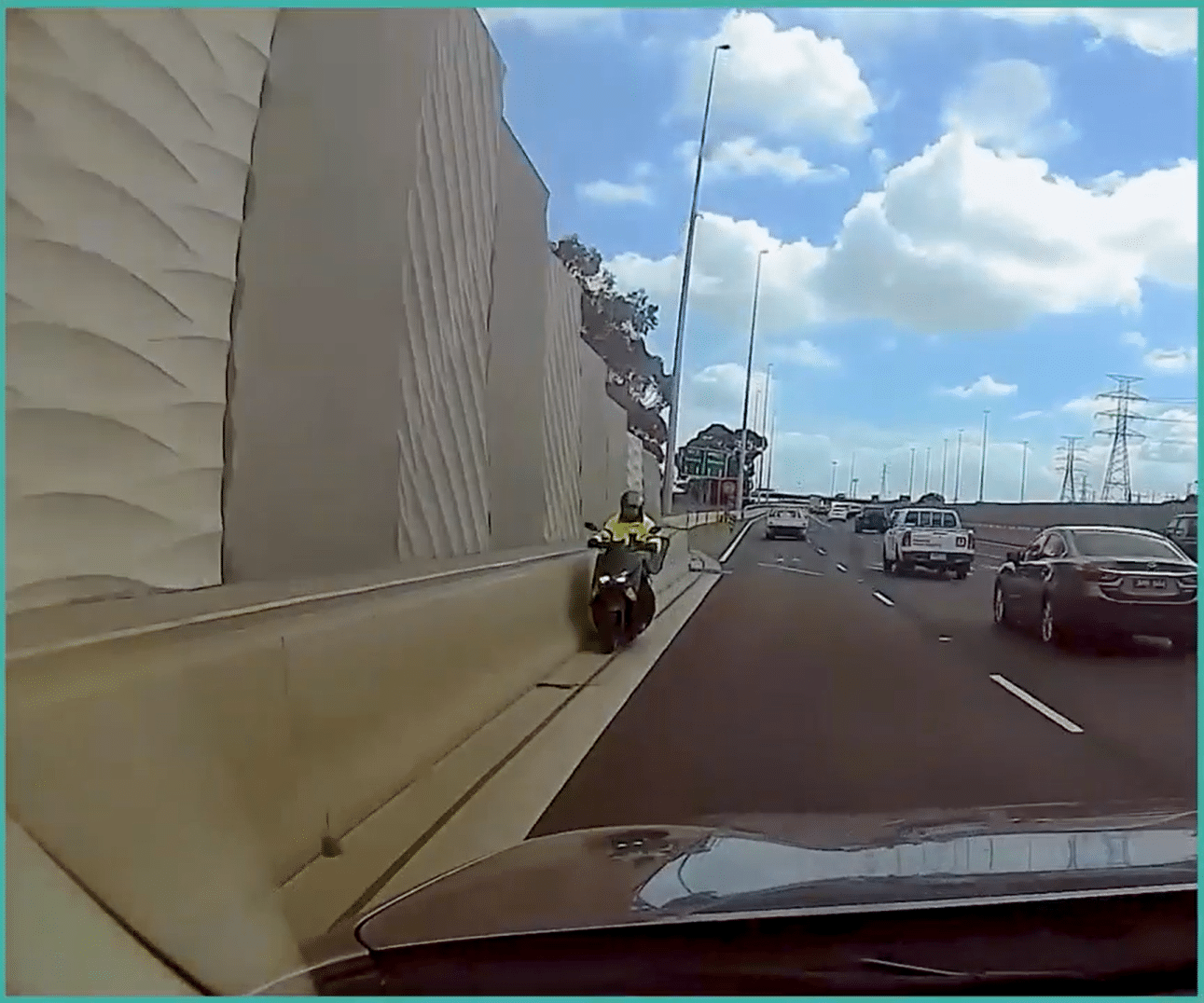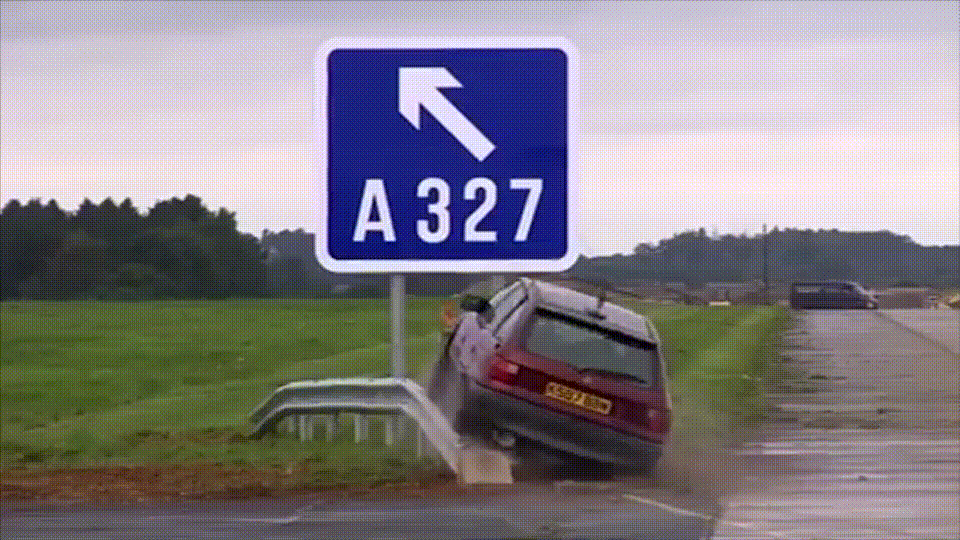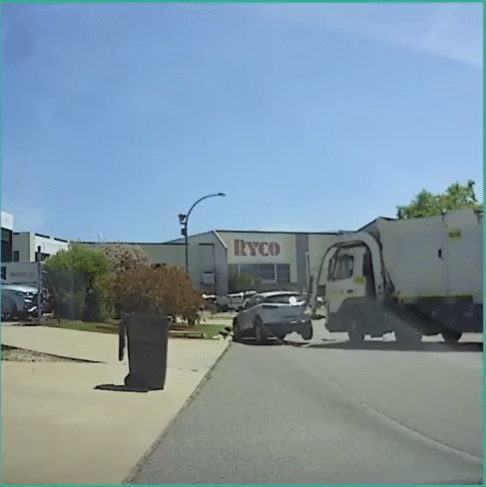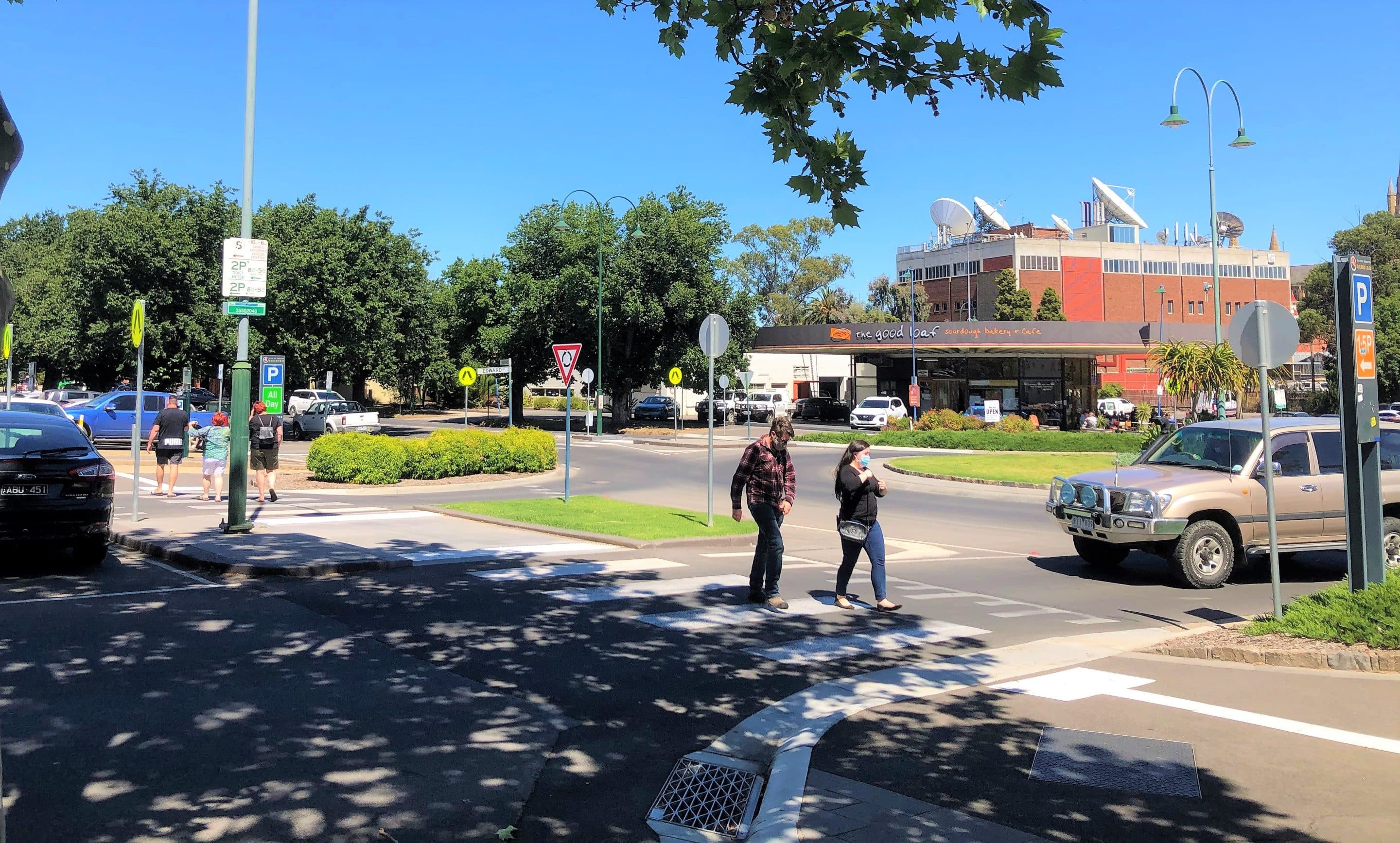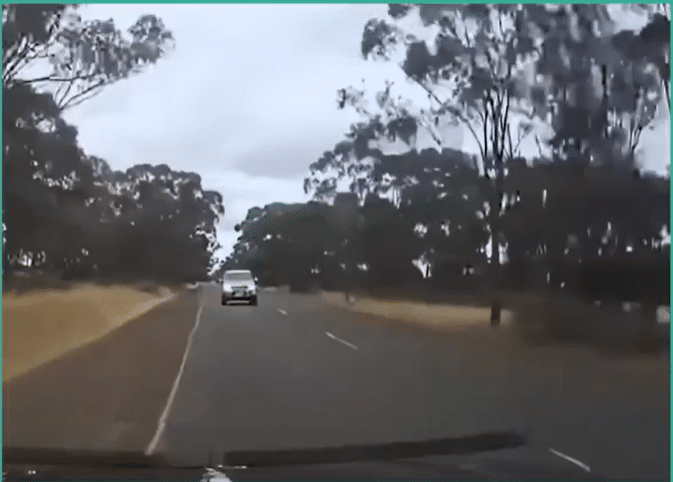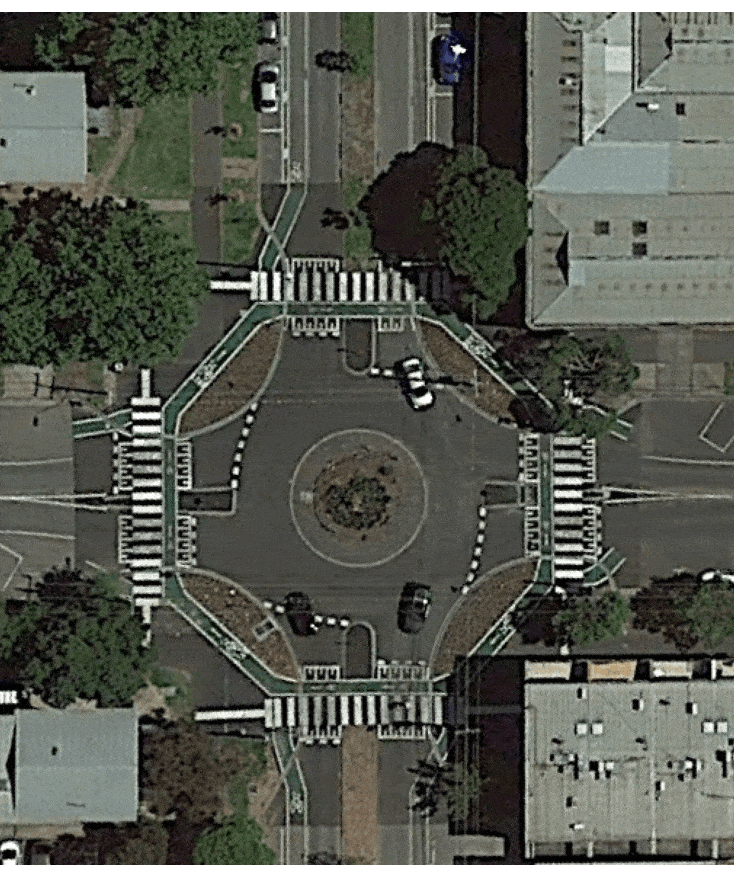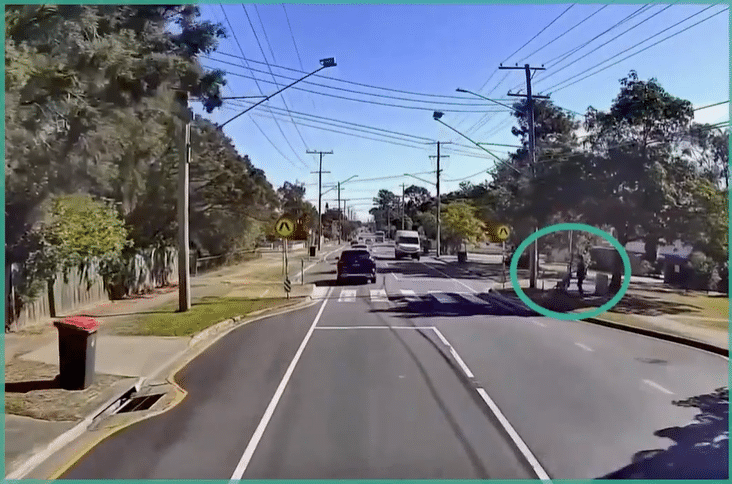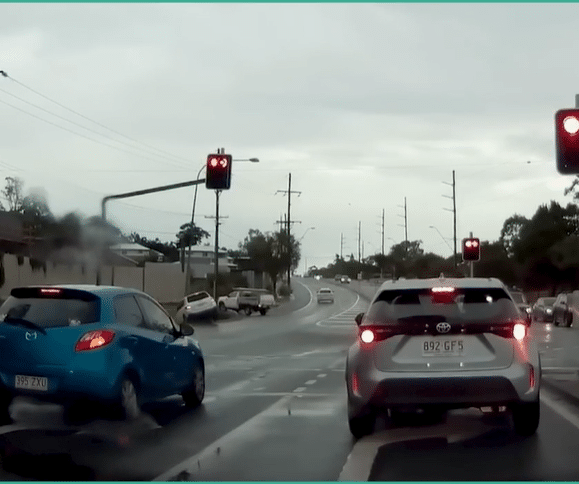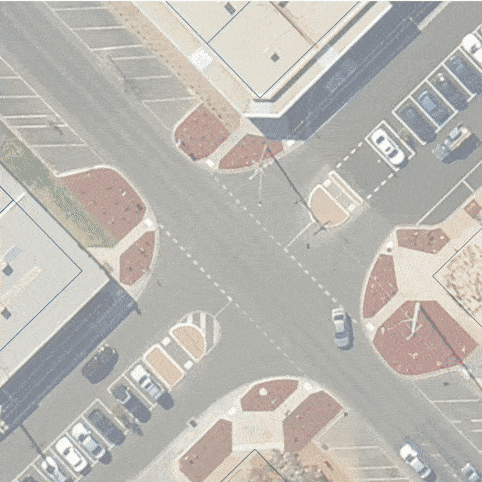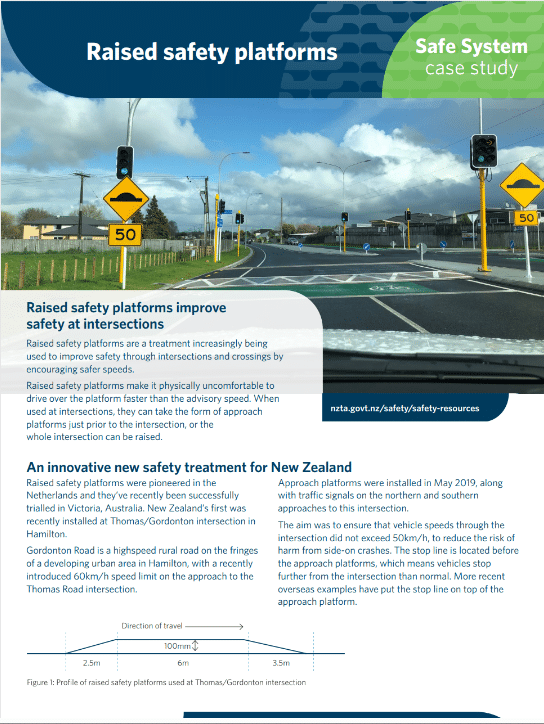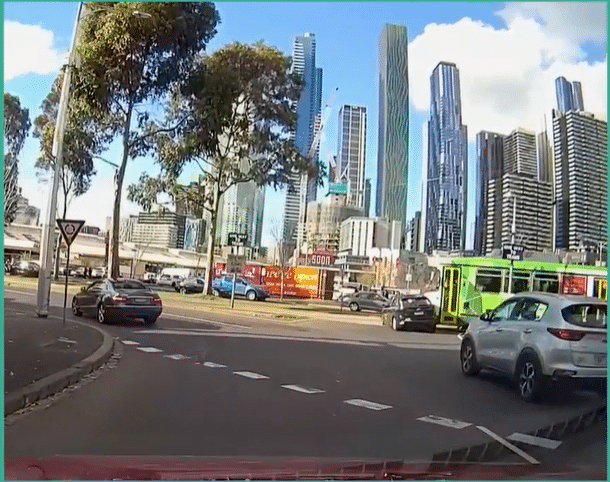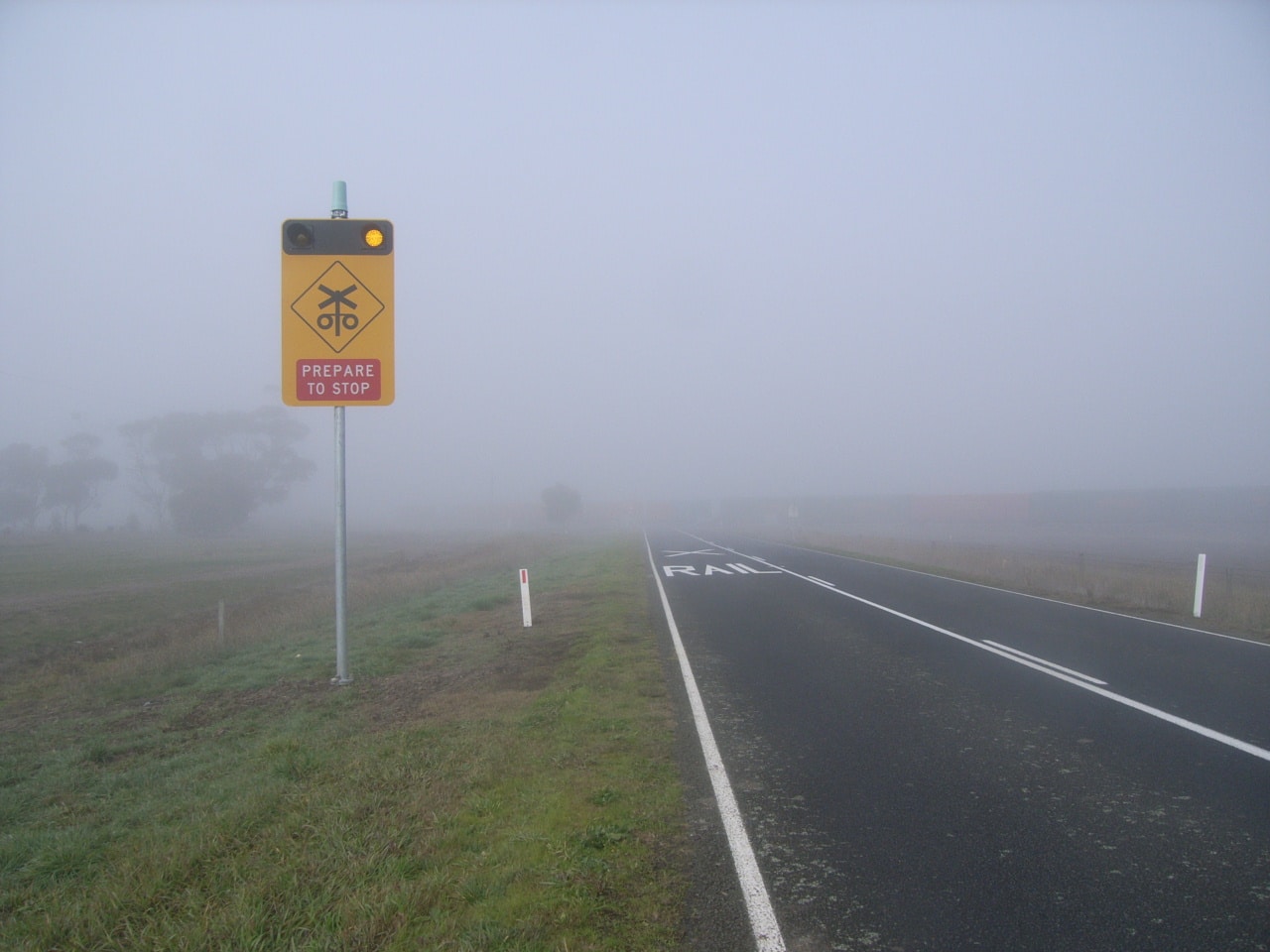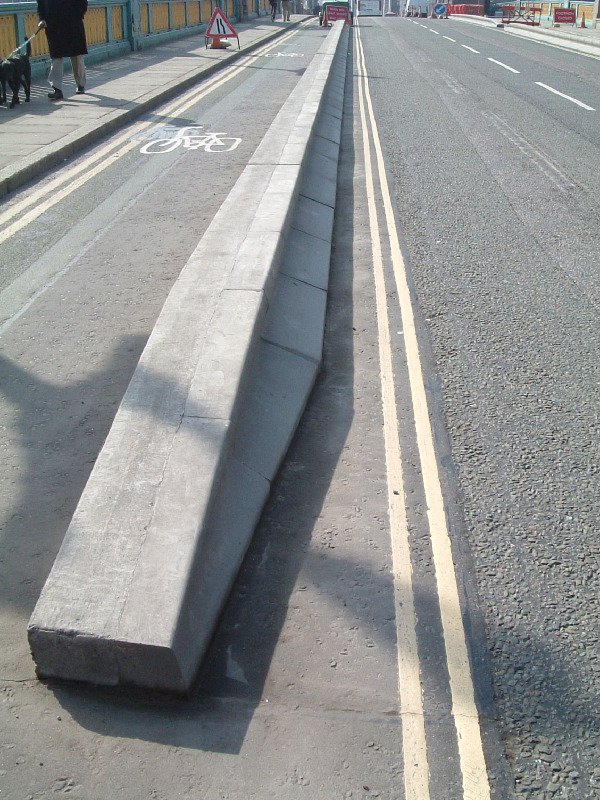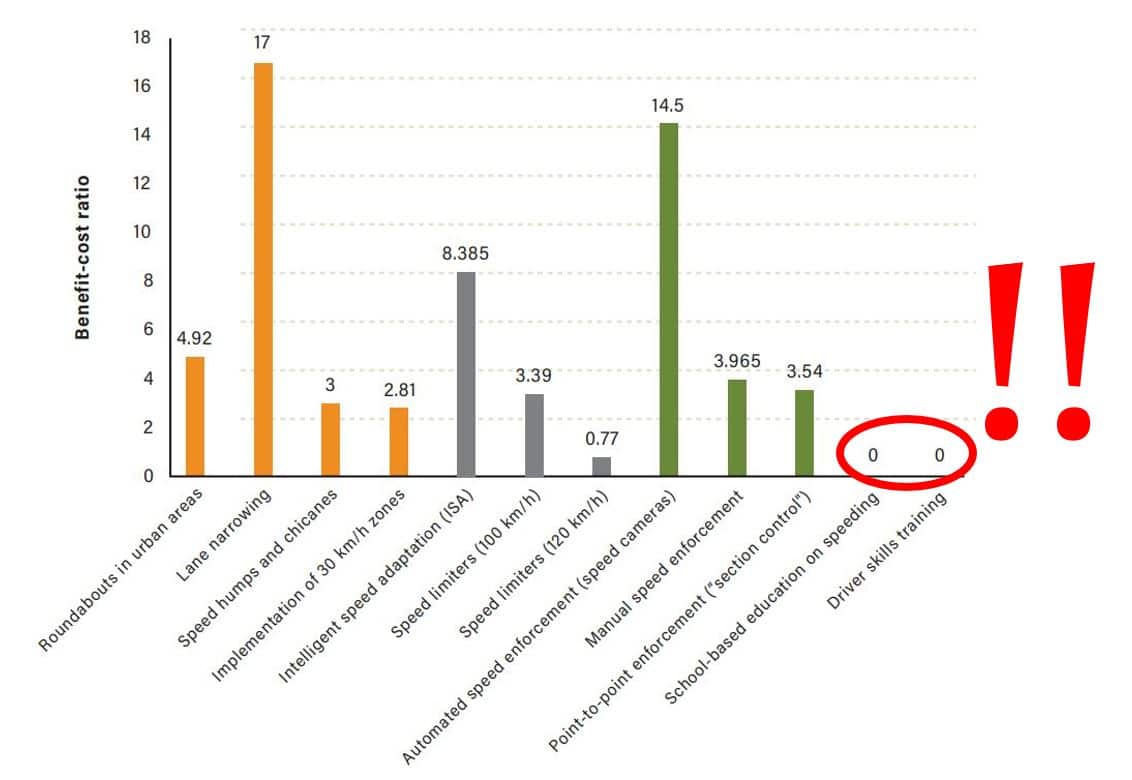Latest News
Safe System Snippet 336: Wire Rope Safety Barriers – curves, sags and crests
Because Wire Rope Safety Barrier systems consist of ropes in tension, the minimum allowable horizontal curve radius is 200 metres in most jurisdictions. When designing, the effect of the curve on barrier deflection should also be considered. The minimum allowable sag...
Safe System Snippet 335: Safe System Sketches
Each Friday of last year we published our engineers’ Safe System Sketches (AKA cartoons). Today we decided to share the 5 least understood. Let us know if you get them, or if we’re on our own planet?
Safe System Snippet 334: Making Roads Motorcycle Friendly
Unlike cars with their four-wheeled stability, motorcycles rely on only two small contact points with the road, making them highly sensitive to changes in surface conditions. Even subtle variations in texture, dips, ruts, or patches of loose gravel can disrupt their...
Safe System Snippet 333: The dangers of Australia’s food delivery industry
A 2022 study by researchers at The Australian National University has exposed more of the dangers of Australia's food delivery industry. The study, titled "Necrocapitalism in the Gig Economy: The Case of Platform Food Couriers in Australia," highlights the dangerous...
Safe System Snippet 332: Let’s stop with the ramp-down terminals. Please.
It is well known that the start/end of a road safety barrier is the most hazardous part of the system. The main risks involve spearing of the errant vehicle or an abrupt stop beyond bio-mechanically survivable thresholds. While a ramp down end terminal removes the...
Safe System Snippet 331: Ancillary equipment dangers associated with commercial vehicles
There are a variety of ancillary equipment dangers associated with commercial vehicles. These include height dangers, protruding vehicle elements and altered vehicle stability. While people gravitate to training and knowledge gaps (i.e. drivers might lack adequate...
Safe System Snippet 330: Pedestrians and roundabouts DO mix
Roundabouts with raised pedestrian crossings (Wombats) create a safe and accessible environment for all road users. And it’s great to see this now appear in the Austroads Guide to Road Design Part 4B: Roundabouts. An evaluation of the installation of wombat crossings...
Safe System Snippet 329: Median Barriers; real infrastructure.
Paint won't protect. Physical infrastructure is needed for safety in high-speed environments. Flexible road safety median barriers are installed along the centre of the road to prevent head-on crashes, which are one of the most common types of fatal crash. They work...
Safe System Snippet 328: Evaluation of pedestrian and cyclist friendly roundabout
Safe System Solutions Pty Ltd conducted an evaluation of road user behaviour and their perceptions of safety at the Moray Street protected roundabout. Our evaluation found increased usage by both pedestrians and cyclists, large increases in perceived safety for both...
Safe System Snippet 327: Zebra Crossings; not the safest
At-grade pedestrian crossings (AKA Zebra Crossings) leave the potential for high-speed crashes to occur. The Crash Reduction Factor/Crash Modification Factor for these facilities varies wildly amongst studies from around the world from a reduction in pedestrian safety...
Safe System Snippet 326: Reverse Angle Parking
Converting angle parking to parallel parking reduces casualty crashes by up to 35% (Elvik and Vaa, 2004). The awkward sight lines for drivers reversing out of angle parking causes them to be more likely to miss a vehicle in the through lane. This is particularly the...
Safe System Snippet 325: Intersection crashes
When people think about intersection crashes, they usually conjure up an image of a vehicle-to-vehicle crash. Or perhaps a vehicle to bike or pedestrian crash comes to mind. And while these are certainly major issues at intersections, there is also an increase in the...
Safe System Snippet 324: Safe System advertising
We asked our engineers to come up with some advertising for Safe System engineering stuff. Can you guess where they got their inspiration?
Safe System Snippet 323: Compact Urban Roundabouts
Safe System Solutions completed an independent evaluation of the effectiveness of this compact urban roundabout in Mildura. It showed a 19.20km/h reduction of entry speed (average), with new 85th percentile speed of entering vehicles of 19.26km/h (and 99th percentile...
Safe System Snippet 322: Offset Rural Channelised Left Turn Treatments
Austroads Guide to Road Design Part 4A now includes a section on Offset Rural Channelised Left Turn Treatments. This was added as part of the 2023 update in response to many jurisdictions facing the dynamic visual obstruction issue of left turning vehicles masking the...
Safe System Snippet 321: We love a raised safety platform
If you’ve been following us for a while, you know we love a raised safety platform. Here’s another case study/fact sheet to add to the collection. Thanks Waka Kotahi – New Zealand Transport Agency.
Safe System Snippet 320: Car vs Tram
Melbourne boasts the world's largest tram network, however, sharing the road with cars presents many safety challenges. A study by Monash University (Naznin et al.: Exploring the impacts of factors contributing to tram-involved serious injury crashes on Melbourne tram...
Safe System Snippet 319: Active Advanced Warning Signs (AAWS)
Active Advanced Warning Signs (AAWS) have been shown to reduce risk at railway level crossings by effectively alerting road users to the presence of a train in advance of the crossing. They are particularly useful and effective in adverse weather conditions, where...
Safe System Snippet 318: High Profile Barrier Kerbs
There are a variety of High Profile Barrier Kerbs available. Midwest profile has been tested under NCHRP 350 Test Level 2, vehicle speed 70km/h, impact angle 25 degrees and vehicle mass 2000kg. VicRoads RDN03-01 states it should only be considered where operating...
Safe System Snippet 317: Speed management interventions
“While studies show the education on road safety in schools does improve knowledge [1], there is no evidence that this knowledge changes the safety level of on-road behaviour [2]. There even is a risk that increased knowledge increases confidence and risk-taking. Even...

